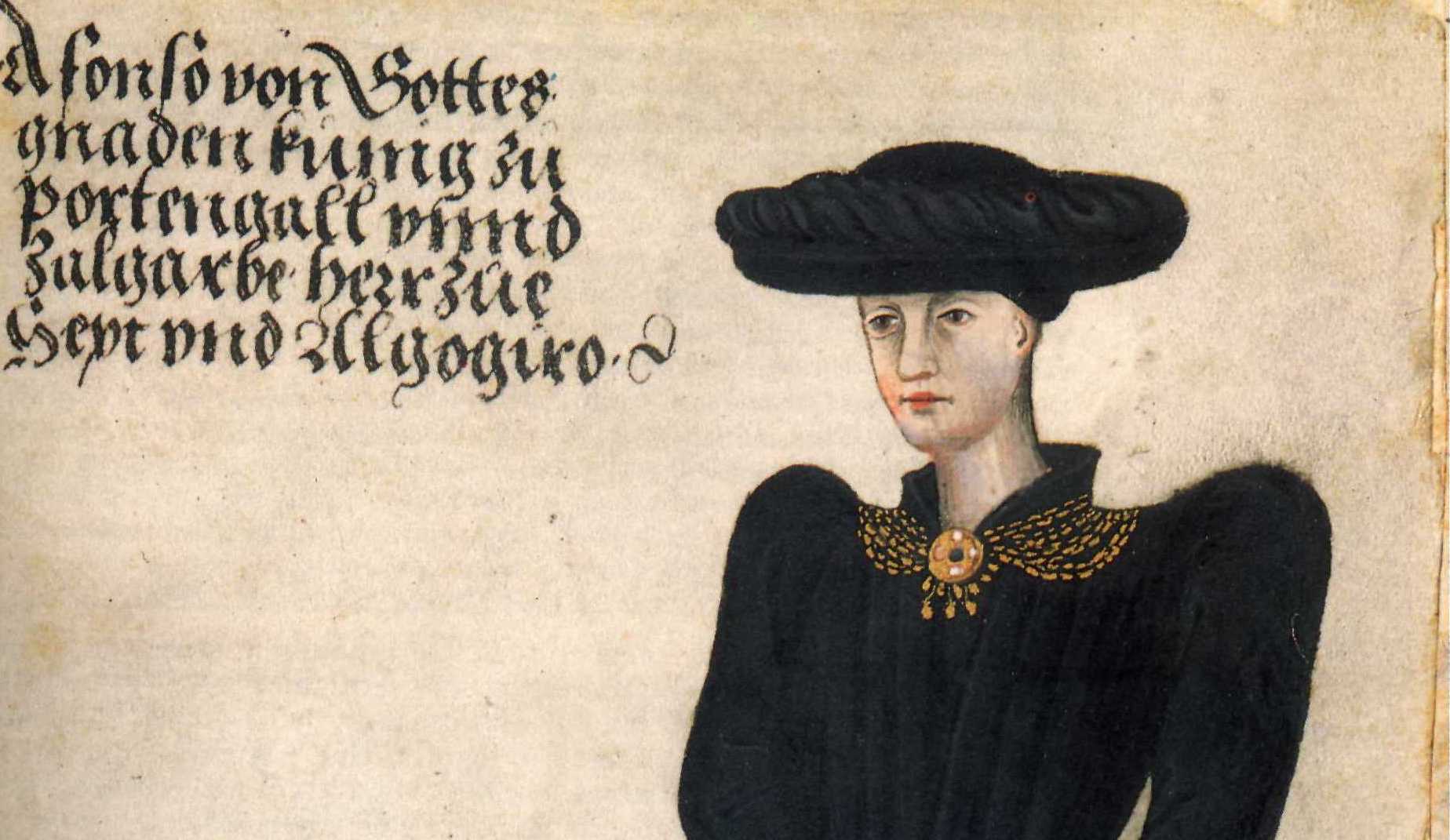Two Saturdays ago mi esposa and I mourned for those devastated by the El Paso shooting. For us, this hit home. We had lived in the Lone Star State for seven years, our daughter was born there, and we have strong relationships with Chicanos/as from la frontera—the Texas-Mexico borderlands.
Login to read more
Sign in or create a free account to access Subscriber-only content.
Topics:
